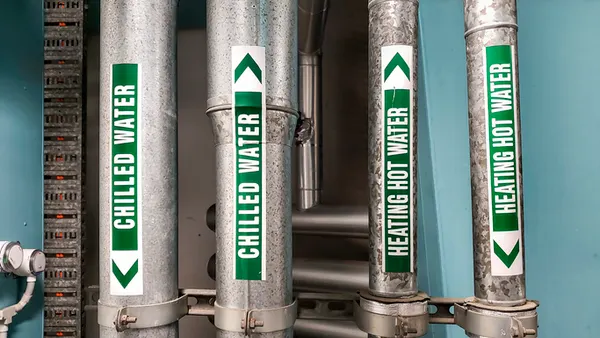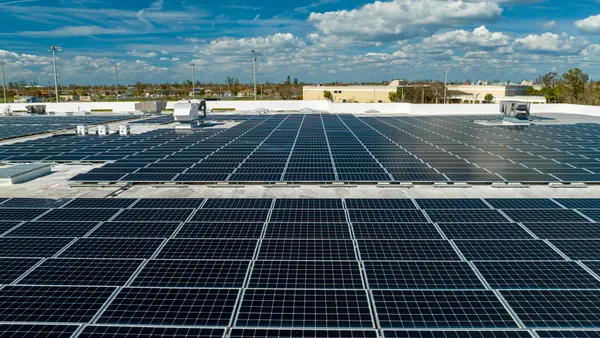Dive Brief:
- Electric vehicles are being driven about half the distance of conventional internal combustion engine (ICE) cars, according to new a new paper from the Energy Policy Institute at the University of Chicago (EPIC). That means policymakers may be underestimating the costs of going fully electric, according to the authors.
- The study combined hourly electric meter readings with address-level EV registration records in California, and found the purchase of an EV raised a household's electricity consumption by just 2.9 kWh/day — indicating an average EV is driven about 5,300 miles annually. According to EPIC, that's less than half of the U.S. fleet average.
- There are several possible reasons EVs are driven less. "Perhaps most pessimistic for electrification would be if EVs are viewed by drivers as complements to gasoline cars, as opposed to substitutes," David Rapson, an associate professor in the University of California Davis economics department and a co-author of the paper, said in an email.
Dive Insight:
It is too early to draw conclusions from the EPIC paper's findings, but researchers say it may indicate difficulties in reaching full electrification of the U.S. transportation sector. All that can be said for sure is that the EV drivers considered in the study are driving far less than ICE counterparts.
The study data looked at driving amounts from 2014 to 2017, examining about 10% of residential electricity meters in Pacific Gas & Electric's territory.
"One possibility is that current EV drivers simply have different transportation needs than the average driver – they're not 'representative,'" Rapson said. "That would change as EVs become more mainstream."
"Another possibility is that there's something about EVs that makes them imperfect substitutes for gasoline cars," Rapson said.
But some experts doubt fundamental differences between electric and ICE vehicles account for the difference in driving use. "I have found no particular limitations of EVs' capabilities that would lead to that," Chris Nelder, a manager with Rocky Mountain Institute's mobility practice, said in an email.
"It could be that early adopter EV drivers are people who do less driving," said Joel Levin, executive director for Plug in America. "Certainly that would make sense that people who drive less would have been more likely to buy an EV back when ranges were lower."
"We’re looking into how many EVs are owned by people who have multiple cars, which will help to answer some of these questions," Rapson said.
"There are several potential explanations for why EVs are driven much less than conventional cars, and unpacking these reasons is next on our research agenda," James Bushnell, a report co-author and professor at the UC Davis economics department, said in a statement. He added that California's relatively-high electricity prices may be a factor.
According to the U.S. Energy Information Administration, California average retail rates in 2019 were $0.1689/kWh, compared with a national average of $0.1054/kWh.
"It is important to understand why EVs are being driven so much less in order to properly weigh the costs and benefits of EV policy and maximize environmental benefits," Bushnell said.
Rapson said the study result "highlights how much we still don't know about EVs and their prospects."
Electric vehicles make up less than 1% of the vehicle fleet right now, "so it seems appropriate to have some humility around their role in the energy transition," Rapson said. "Approaches that leave multiple technology pathways open are desirable; bans and mandates seem premature. Of course, a price on pollution would be the most effective policy for achieving electrification goals."














